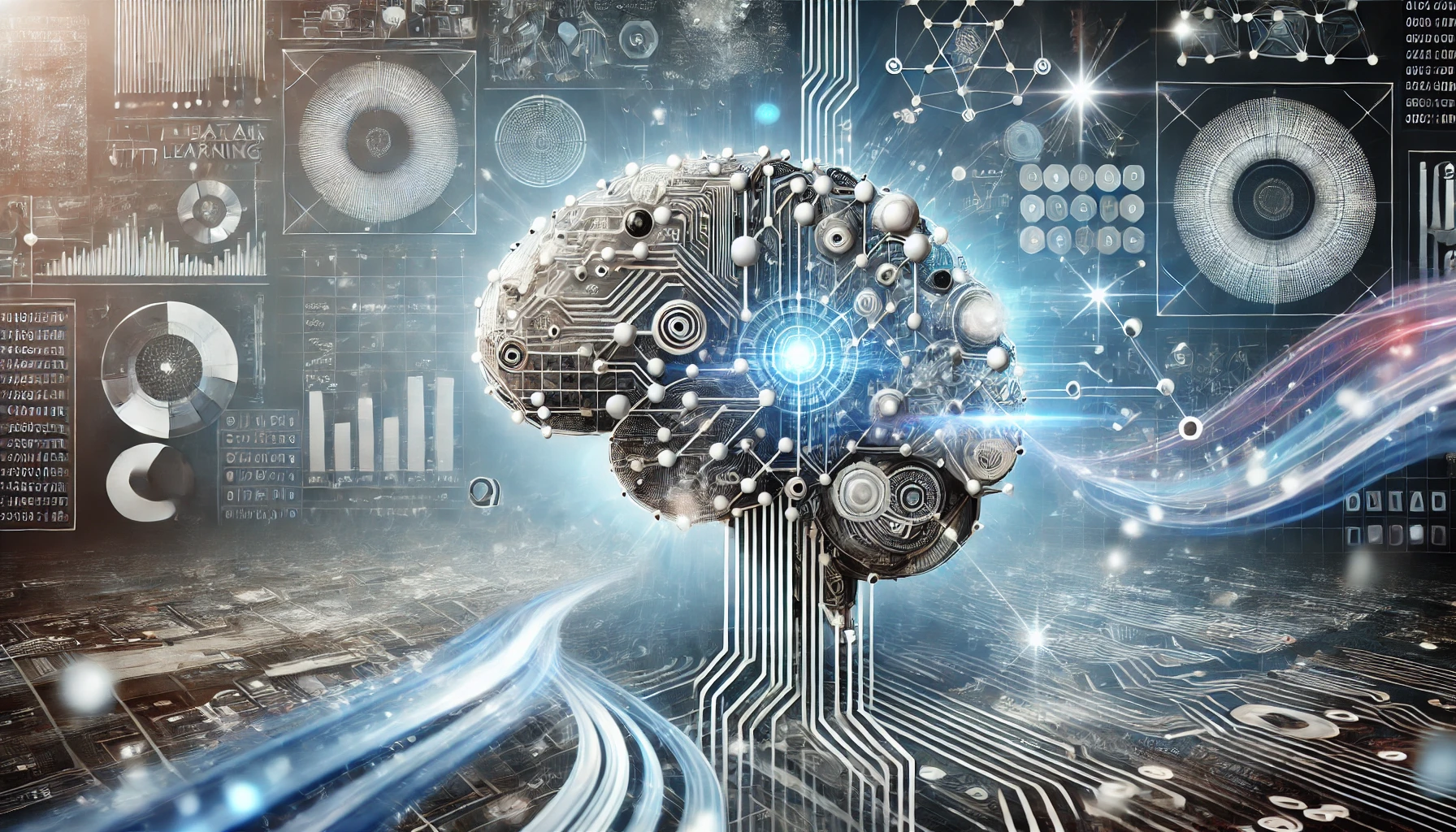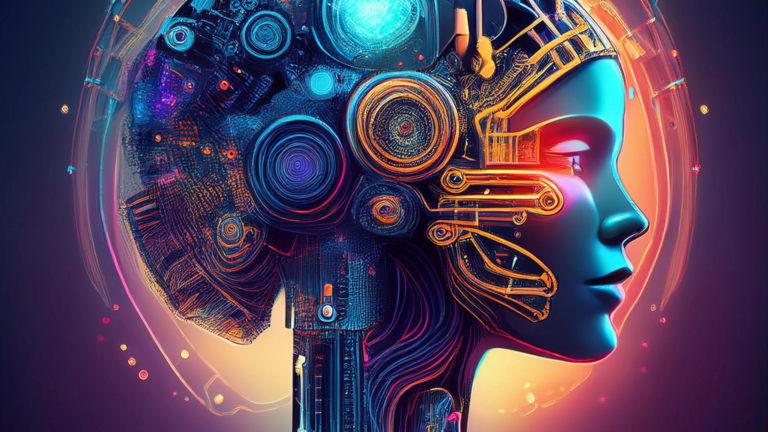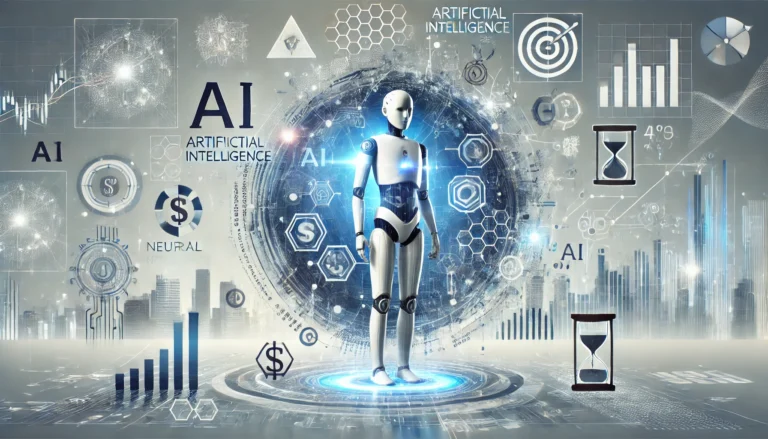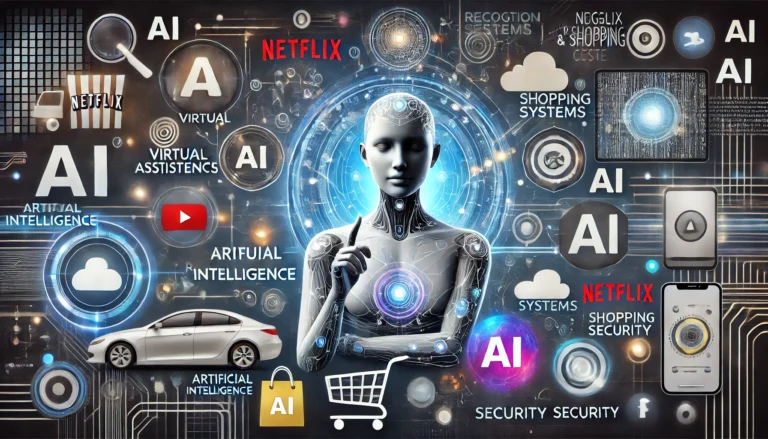Complete Guide to Understanding Machine Learning
Machine Learning is one of the pillars of artificial intelligence (AI) and has been a widely discussed topic in recent years due to its ability to transform the way businesses and industries operate. From recommendation systems, like those used by Netflix, to AI-driven medical diagnostics, Machine Learning is the engine behind these innovations. In this complete guide, we will explore what Machine Learning is, how it works, its main applications, and the most common types of learning. If you’re interested in understanding how this technology works and how you can use it, this article is for you.
What is Machine Learning?
Machine Learning is a subfield of artificial intelligence that involves developing algorithms that allow machines to learn and improve automatically from experience. Unlike traditional systems, which are programmed to perform a specific task, Machine Learning enables systems to make decisions based on patterns and data. The basic premise is that computers can learn from historical data, identify patterns, and make future decisions without human intervention.
Why Is It Important?
Machine Learning has revolutionized entire sectors, enabling the automation of tasks that previously relied solely on human effort. In the healthcare sector, for example, Machine Learning algorithms can analyze large volumes of medical data and provide accurate diagnoses. In finance, it is used to predict market trends and detect fraud. In short, it allows companies and organizations to make faster and more efficient decisions based on large amounts of data.
How Does Machine Learning Work?
Machine Learning operates on three main components: data, algorithms, and models.
Data
Data is the raw material of Machine Learning. For a Machine Learning model to learn, it needs to be fed with quality data. This data can be structured (like a database table) or unstructured (such as texts, images, or videos). The more data, the more the algorithm can identify patterns and make accurate predictions.
Algorithms
Machine Learning algorithms are the sets of rules and instructions that the machine follows to analyze data and make predictions. They range from simple methods like linear regression to more advanced techniques like neural networks and genetic algorithms. Each type of algorithm is suited for different types of problems, and choosing the right one depends on the type of data and the problem you want to solve.
Models
Models are the final output of the machine learning process. After an algorithm analyzes and learns from the data, it generates a model that can be used to make predictions on new data. The model is continuously refined and updated as new data becomes available, improving its accuracy.
Types of Learning in Machine Learning
There are three main types of learning in Machine Learning: supervised learning, unsupervised learning, and reinforcement learning. Each has different applications and characteristics.
Supervised Learning
Supervised learning is the most common type of Machine Learning. In this method, the algorithm is trained on a labeled dataset, meaning the inputs are accompanied by the correct outputs. The goal is for the model to learn to predict the correct output for new data. A classic example of supervised learning is an algorithm that learns to identify whether an image contains a cat or not, based on previous labeled image examples.
Unsupervised Learning
In unsupervised learning, the algorithm is trained on unlabeled data, meaning the input data has no associated outputs. The goal here is to find patterns or groupings within the data. An example of unsupervised learning is customer segmentation, where the algorithm finds groups of customers with similar behaviors without being explicitly instructed on how to group them.
Reinforcement Learning
Reinforcement learning is a type of Machine Learning inspired by how humans learn through trial and error. In this method, an agent interacts with an environment and learns to make decisions by receiving rewards or penalties based on its actions. This type of learning is widely used in games and robotics, where the agent can learn to optimize its behavior to maximize rewards over time.
Applications of Machine Learning
Machine Learning has applications across various fields and industries. Here are some of the most common ones:
Healthcare
In the healthcare field, Machine Learning is being used to improve disease diagnosis, predict epidemic outbreaks, and personalize medical treatments based on genomic data. Deep learning algorithms have proven effective in analyzing medical images, such as MRIs, to detect diseases in their early stages.
Finance
In the financial sector, Machine Learning is used to predict market trends, assess credit risks, and detect fraud. Banks and financial institutions adopt learning algorithms to analyze large volumes of financial data and predict market changes with greater precision.
Retail
In retail, Machine Learning algorithms are used to personalize shopping experiences, recommend products based on user purchasing behavior, and optimize inventory management.
Conclusion
Machine Learning is no longer a technology of the future; it is shaping the present. With applications ranging from healthcare to finance and entertainment, it is transforming the way we live and work. By understanding how it works, the different types of learning, and its key applications, you will be better prepared to take advantage of the opportunities this technology offers.
If you’re interested in exploring more about Machine Learning, check out the learning tools mentioned at the end of this article.
Machine Learning Learning Tools:







